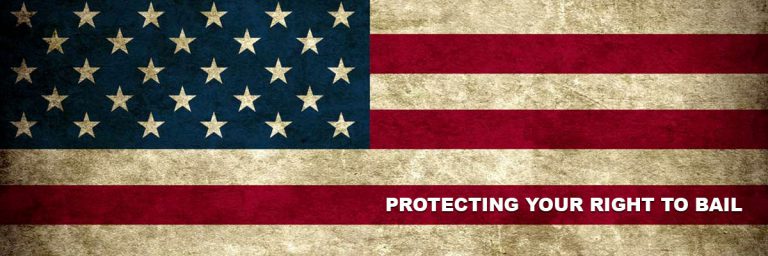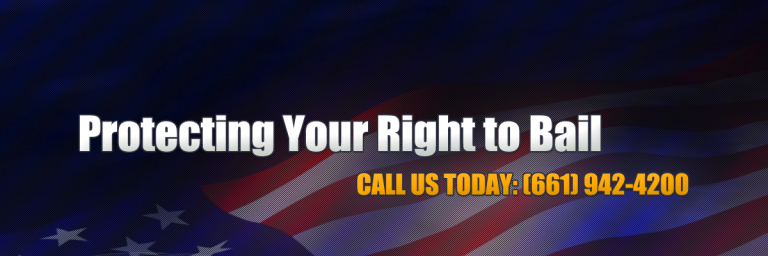- Call The Bail Guy.
- (714) 855-8665
- (818) 800-0187
How do Bail Bonds work?
How do Bail Bonds work?
The rise in crime all around the world has made it very common for us to hear the statement that some person got released on the bail amount of $30,000. However, most of us are uninformed of the fact that what actually a bail and how it is related to bail bonds? Though you would have probably seen in both movies and real life when someone is arrested, they are kept in jail until they are permitted by the judge to go, or until the court date is decided, or until the person is not released on bail.
What are bail and bail bond?
Bail can be defined as insurance money between the court and person in jail. Also, the person in jail could pay the bail amount through cash but in most cases, it is not possible. Therefore, people have to seek help from Bail Bondsman in order to pay a high amount of bail money. However, a bail bond is a type of surety provided by bail bond company securing the release of the person in jail. However, there can be two types of bail bonds:

Civil bail bonds: this type of bonds are used in civil cases where the guarantee of debt payment is required and the debt money includes interest plus costs as per the assessment made for the defendant.
Criminal bail bonds: used for the criminal cases, criminal bail bonds are used to provide a guarantee to the court that the defendant should appear before the court when called by the court with condition to pay all the penalties and fines stated by the court to the defendant.
How do Bail bonds work?
The process of setting the bail bonds includes defining the bail amount which if not payable by the defendant could be paid by the bail bonds company. However, to pay bail bonds, bail bondsman may charge around 10 percent of the bail amount while the remaining amount is secured in the collateral form. In case, the defendant is not able to pay the collateral, he or she could ask relatives to help with collateral payment else bail bondsman could seek them for the same.
In case, the defendant is not able to appear in the court, the remaining bail amount of 90 percent is required to be submitted to the court. This money is often paid by bail bondsman by using the collateral presented by the defendant.
Moreover, if the defendant appears in court and the case is dissolved, the collateral is returned to the posting authority, however, the 10 percent of the money is kept as fees or profit by the bail bonds company.
Looking for any assistance on bail bonds? Give us a call today!



